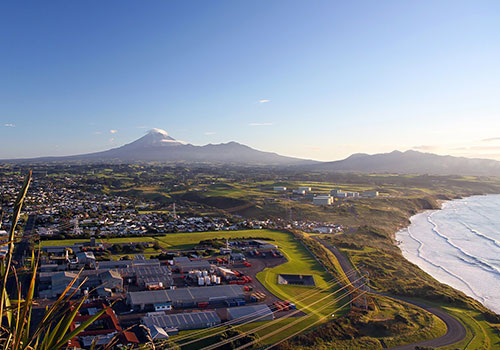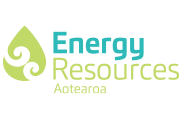Beyond Oil and Gas
Performing in a such a demanding industry sets companies up for success in other fields.
- In this section:
The specialist requirements of oil and gas have triggered many opportunities for local businesses and overall improvements in their business performance.
The high specifications required by the sector have lead many suppliers to upskill, enhance their systems and ensure accreditation meets global standards.
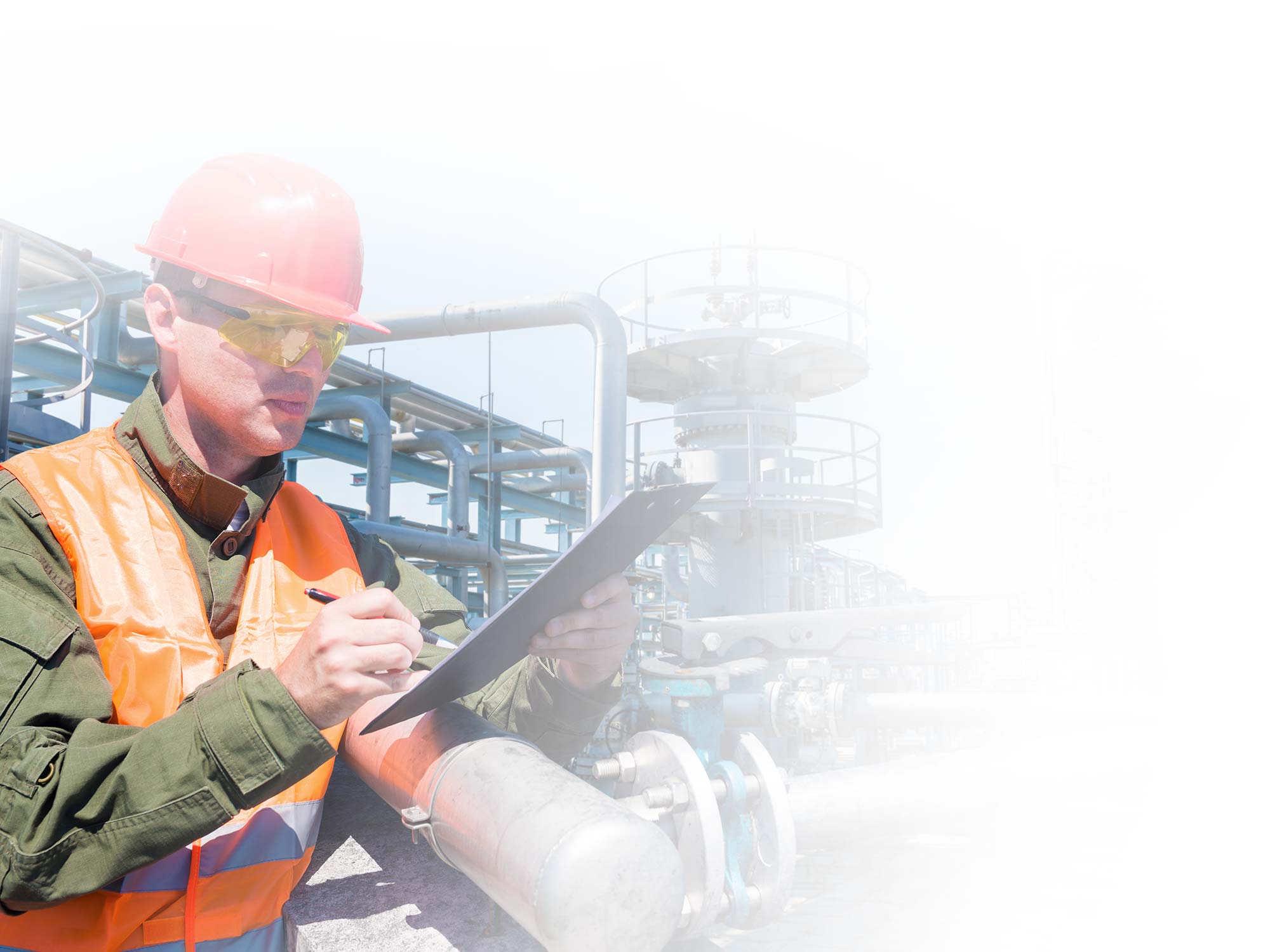
Science & knowledge
1
The presence and potential of the industry has driven knowledge and skill development across a range of disciplines within New Zealand’s research, education and business communities. Specialised industry-specific training facilities and initiatives have been established which have been utilised by other sectors.
Crown Research Institutes, such as NIWA and GNS Science provide scientific activities which build understanding of New Zealand’s petroleum resources, their potential and relationship with the environment. Research by GNS played a major role in New Zealand’s successful bid to the United Nations to extend the offshore territory beyond its EEZ.
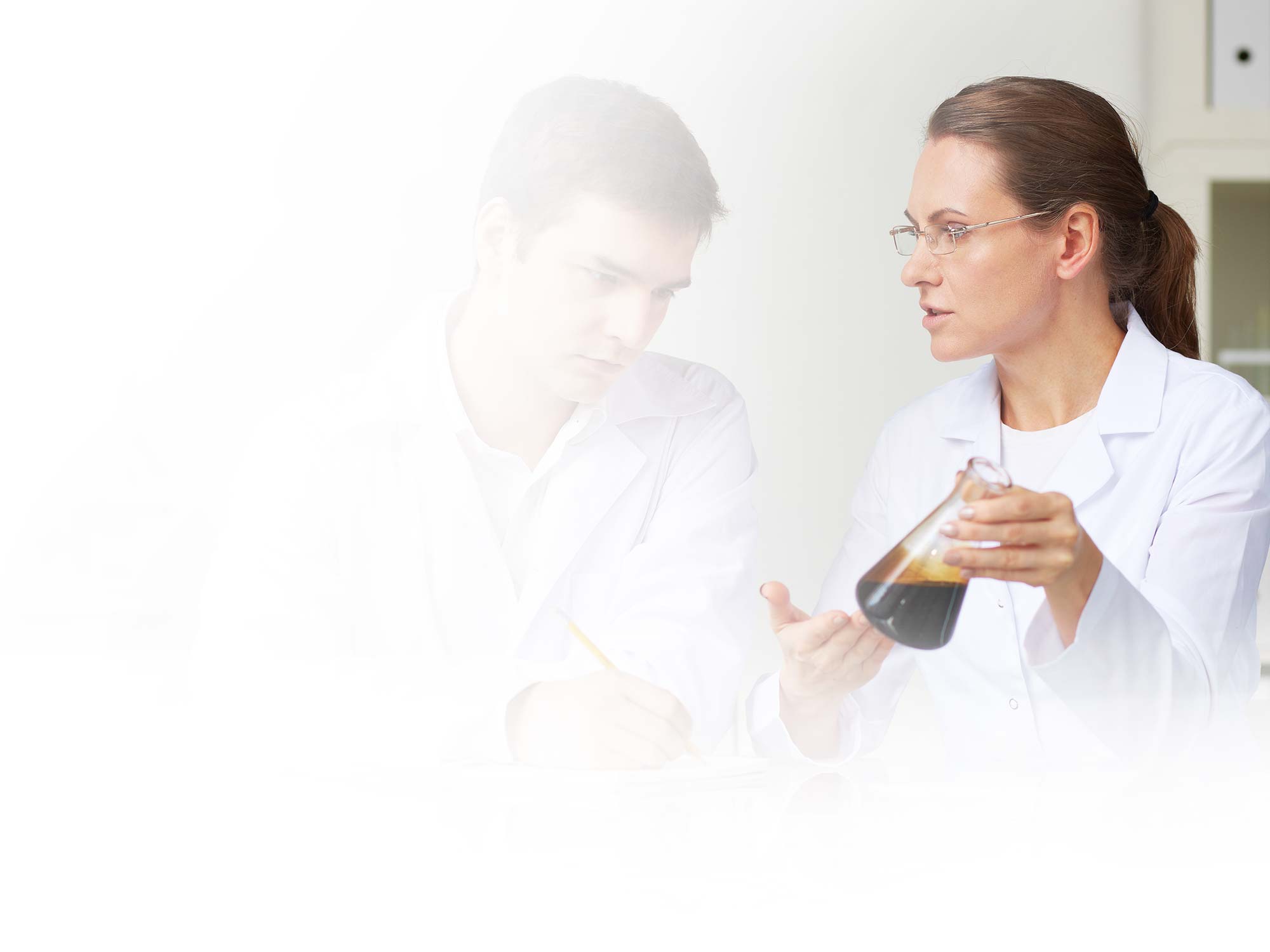
Developing a niche: IPL
Established in 1999, Independent Petroleum Laboratory Limited (IPL) is New Zealand’s specialist petrochemical testing laboratory. The company has labs in New Plymouth and Northland and their chemists and laboratory technicians are used by the upstream oil and gas industry to perform crude assay analysis.
A crude assay is the “evaluation” of a crude oil. This specialised analysis enables oil and gas companies to determine the suitability of the crude for its end use and to help predict the commercial value of the crude. They can also use the data obtained from a crude assay to identify changes over time in the hydrocarbon quality.
Oil traders will also use the data to find an appropriate market for a crude. IPL is the only company in New Zealand to offer this type of analysis and one of the few to hold this type of technology in the southern hemisphere. Without the expertise and investment of the company in bringing this valuable testing capability to New Zealand, such specialist analysis would have to be undertaken overseas.
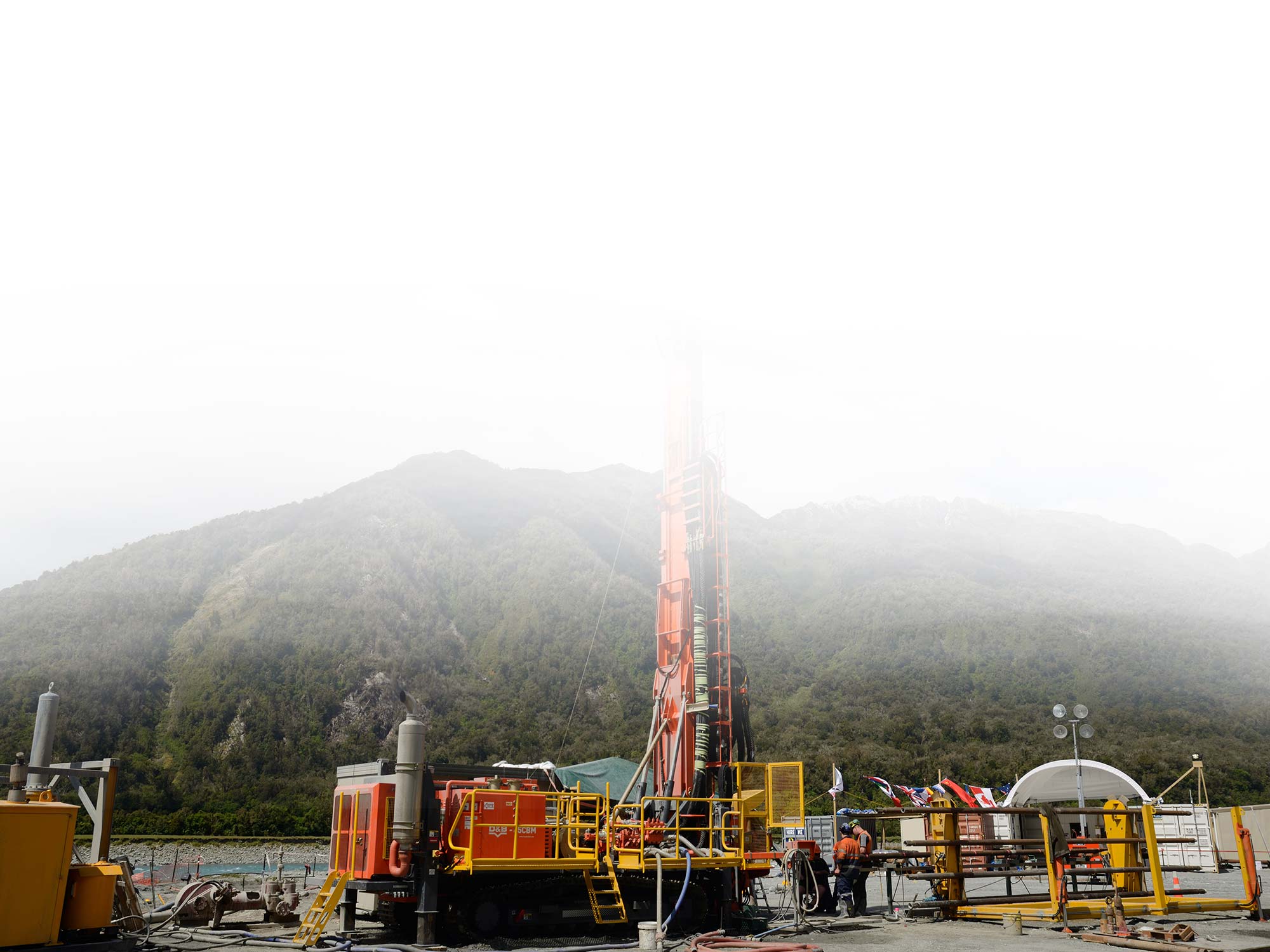
GNS - Building understanding of natural resources and history
Seismic data collected for the purpose of understanding our oil and gas reserves is also being used by GNS scientists in other ways which will be beneficial for New Zealand and its future. For example, work on the offshore fault systems of the East Coast Basin, using oil and gas industry seismic data is helping assess earthquake risk from seismic faults.
Paleogeography/paleobiology work which utilises outcrop mapping as well as oil and gas drillhole data has helped to inform the debate on whether Zealandia was ever completely submerged beneath the sea. These results are also contributing to models for assessing the distribution and evolution of terrestrial species in ancient New Zealand.
Related work being undertaken on the paleoclimate since the Cretaceous Era is also informing GNS scientists on past extremes in global temperatures and circulation systems that serve as insights on future planetary response to climate change.
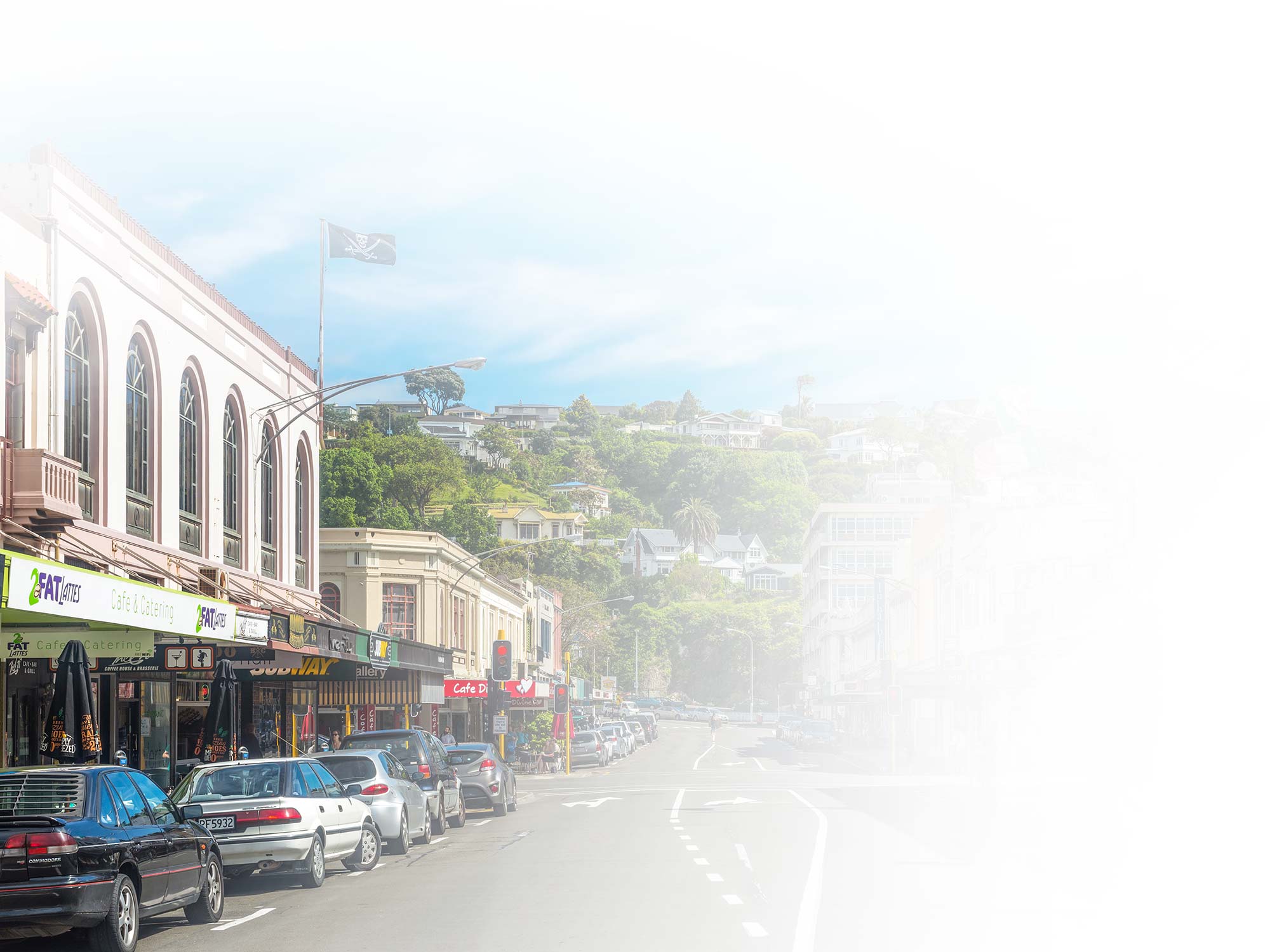
Diversity & transferability
2
Having a local oil and gas industry helps provide economic diversity which can ease the impact of slow times in other important industries.
Oil and gas also provides the potential for its industry techniques and capabilities to be applied and adopted in other industries and for other purposes.
The technology requirements have added to New Zealand’s engineering capability and are transferable to other industries, such as those which involve the containment and transportation of high pressure products.
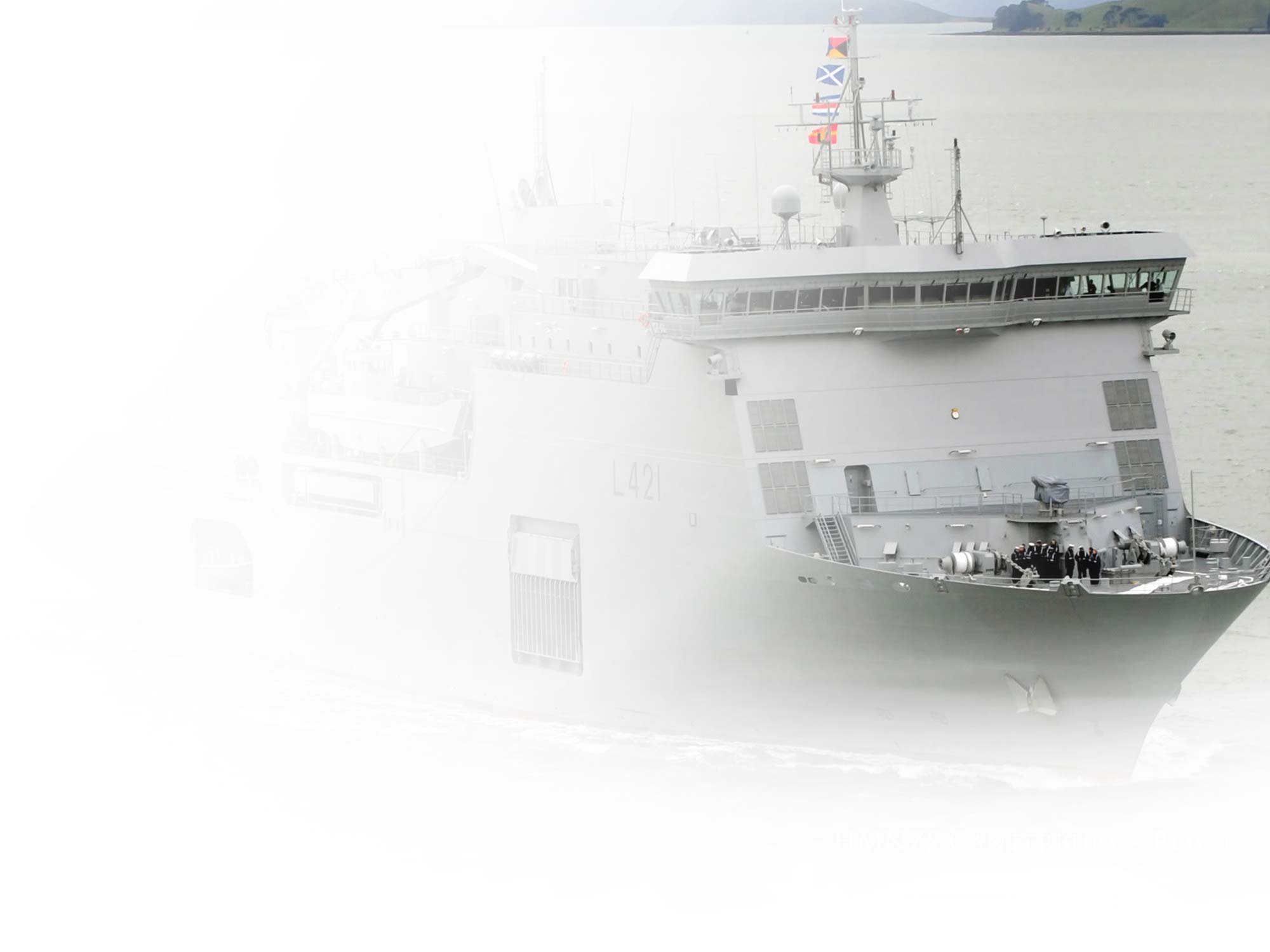
From Oil and Gas to the Defence sector: EHL
EHL has worked closely with the NZ Defence Force on improving technology on Navy ship HMNZS Canterbury. Through designing, building and installing the Navy’s two automated gangway systems EHL has been pivotal in advancing the Navy’s capabilities, and reducing their requirement for multiple staff being involved in a process, to a mere few.
Health and Safety was a big factor in advancing these systems; the less human input the less risk to their personnel. The diversity of EHL’s skill-set and proven ability to work in high-risk sectors, such as the Oil and Gas industry, have been pivotal in the company’s success.
EHL has since gone on to design further products for the Navy, including a stabilisation device for their Landing Craft, Mechanised (LCM). Again, personnel safety was a number one priority in improving the launch process.
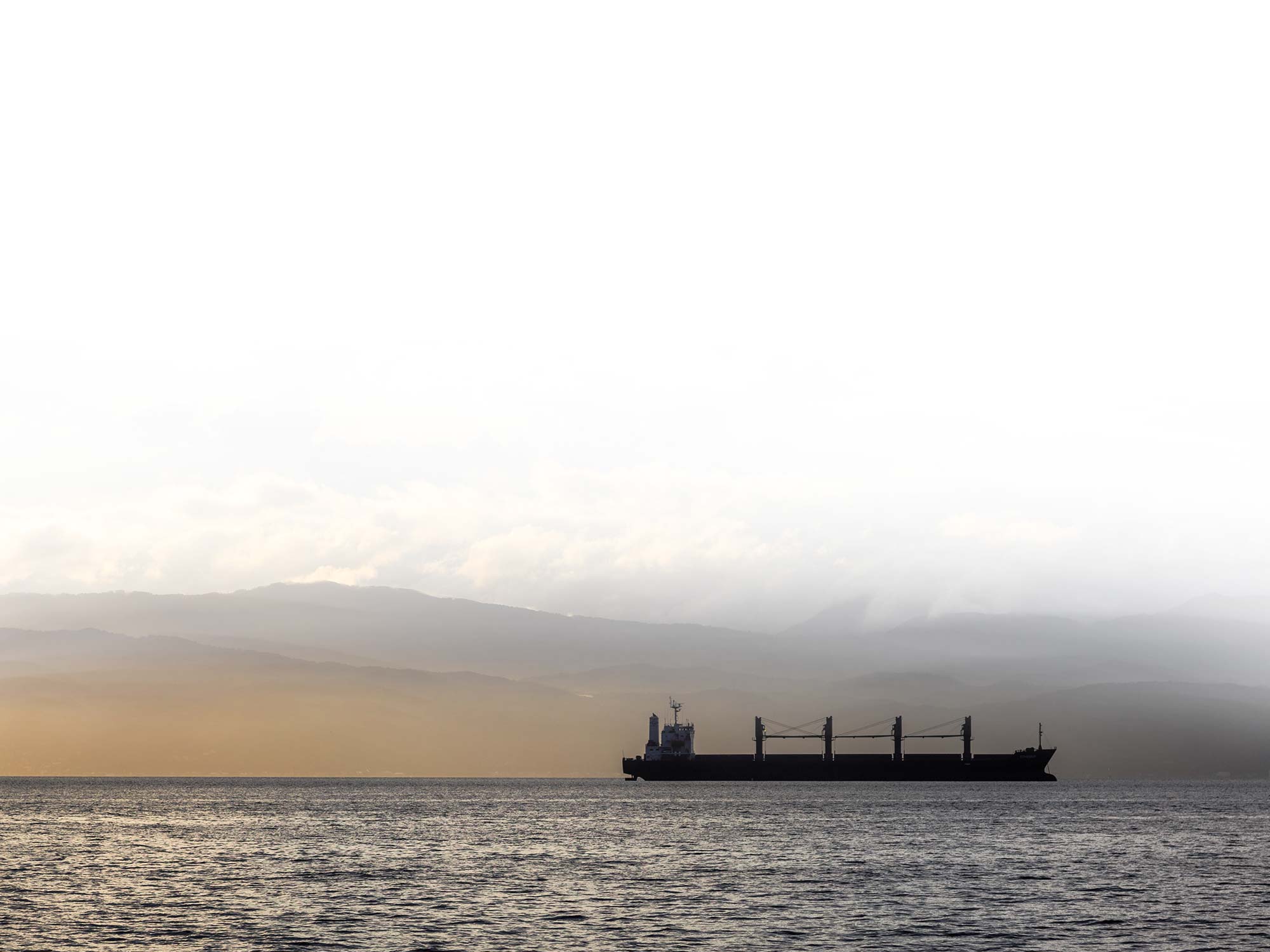
Environmental Guidance
3
Providing environmental guidance through science: MetOcean Solutions
MetOcean Solutions are an innovative team of scientists offering high quality environmental data, weather forecasting and numerical modelling services to the offshore oil and gas and maritime industries. The Managing Director, Dr Peter McComb, is an oil and gas industry veteran with over 25 years’ experience. The science team analyse the historical ocean weather and wave conditions for any location on Earth, and produce very specific guidance for all aspects of offshore operations, such as expected extreme weather conditions, downtime and waiting-on-weather scenarios, oil spill trajectory and dispersal of drill cuttings.
The company’s high-resolution forecasting capability provides invaluable information to inform response strategies and operational requirements in emergency situations and was put to good use by Maritime New Zealand in the Rena grounding incident. The innovative environment of MetOcean Solutions attracts talented scientists from round the world to their offices in New Plymouth and Raglan. The team of 24 leverages the latest developments in science and technology to provide a world-class R&D facility that is focused on solving real-world problems for ocean-based industries.
In 2013, MetOcean Solutions extended its services and global reach through a partnership with the New Zealand Meteorological Service, who are now a 49% shareholder in the company. The combined expertise in meteorology and oceanography is now exporting a new generation of powerful weather intelligence to the world.
Technology & Innovation
4
Transferability of skills and capabilities into other energy projects, such as geothermal, marine and wind, is also occurring.
A number of Taranaki businesses have become involved, adapting their knowledge to advance energy projects nationally and internationally. The presence of oil and gas projects and their international connections have catalysed the introduction of new technologies, requiring innovative solutions and encouraging technology stretch.
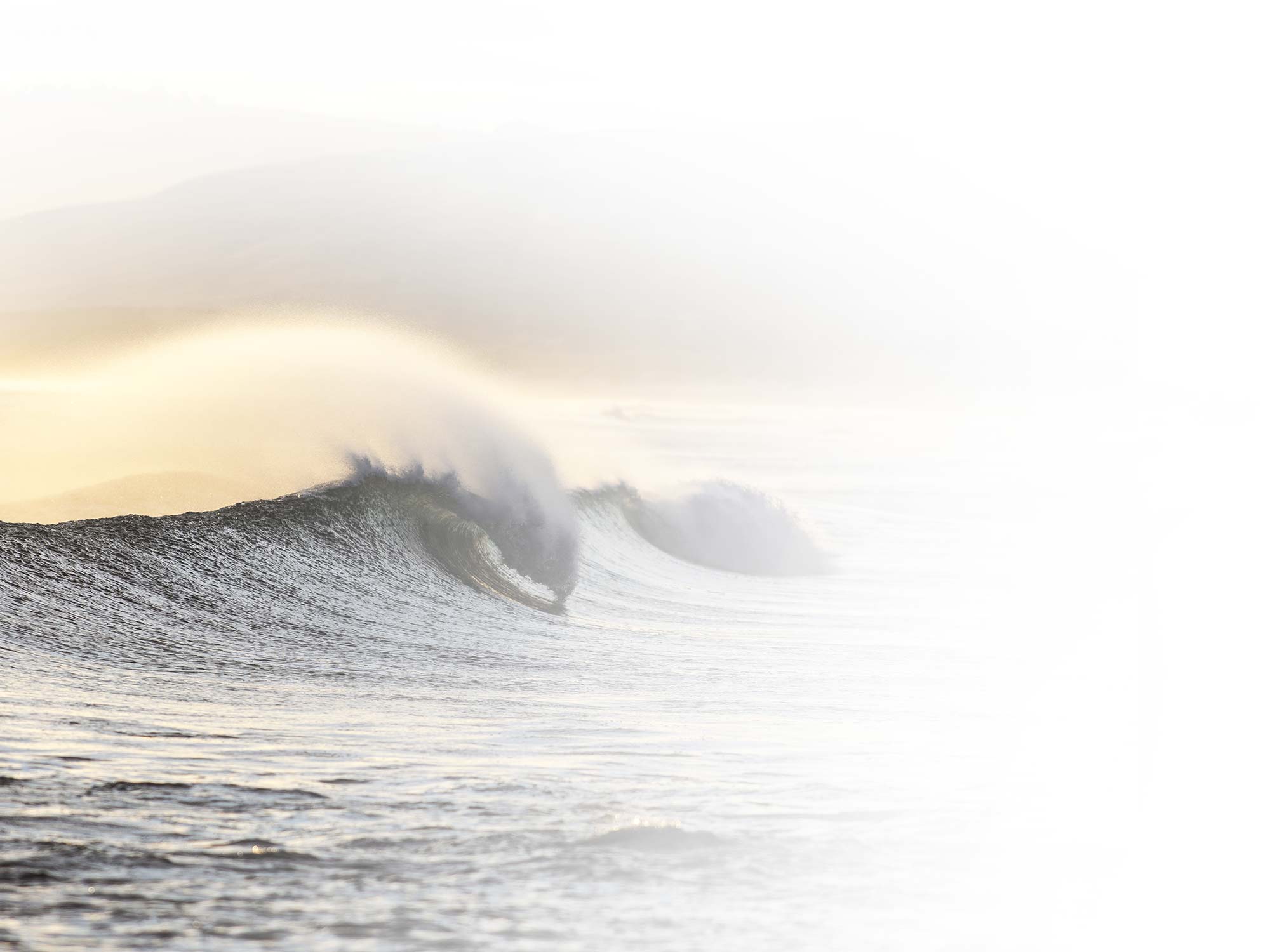
Capabilities from oil and gas drive global wave energy: EHL
Taranaki-based EHL Group (EHL) is demonstrating how the smarts they utilise in the oil and gas industry can be diversified to foster global groundbreaking developments in wave technology.
Known for their ability to design and manufacture high quality motion and control solutions for the oil and gas industry in New Zealand, EHL is now at the forefront of innovative automation and motion and control developments for wave energy conversion, currently being tested in the US – one of the world’s biggest and most important energy markets. The wave energy converter extracts as much energy as possible from waves and their variety of motions. This includes ‘heaving’ (up and down wave motion), surges (back and forth) and those that ‘pitch’ (roll back and forth). Moored to the sea floor in an upright position, the wave energy device converts the energy from these movements into electricity via a system of on-board hydraulics.
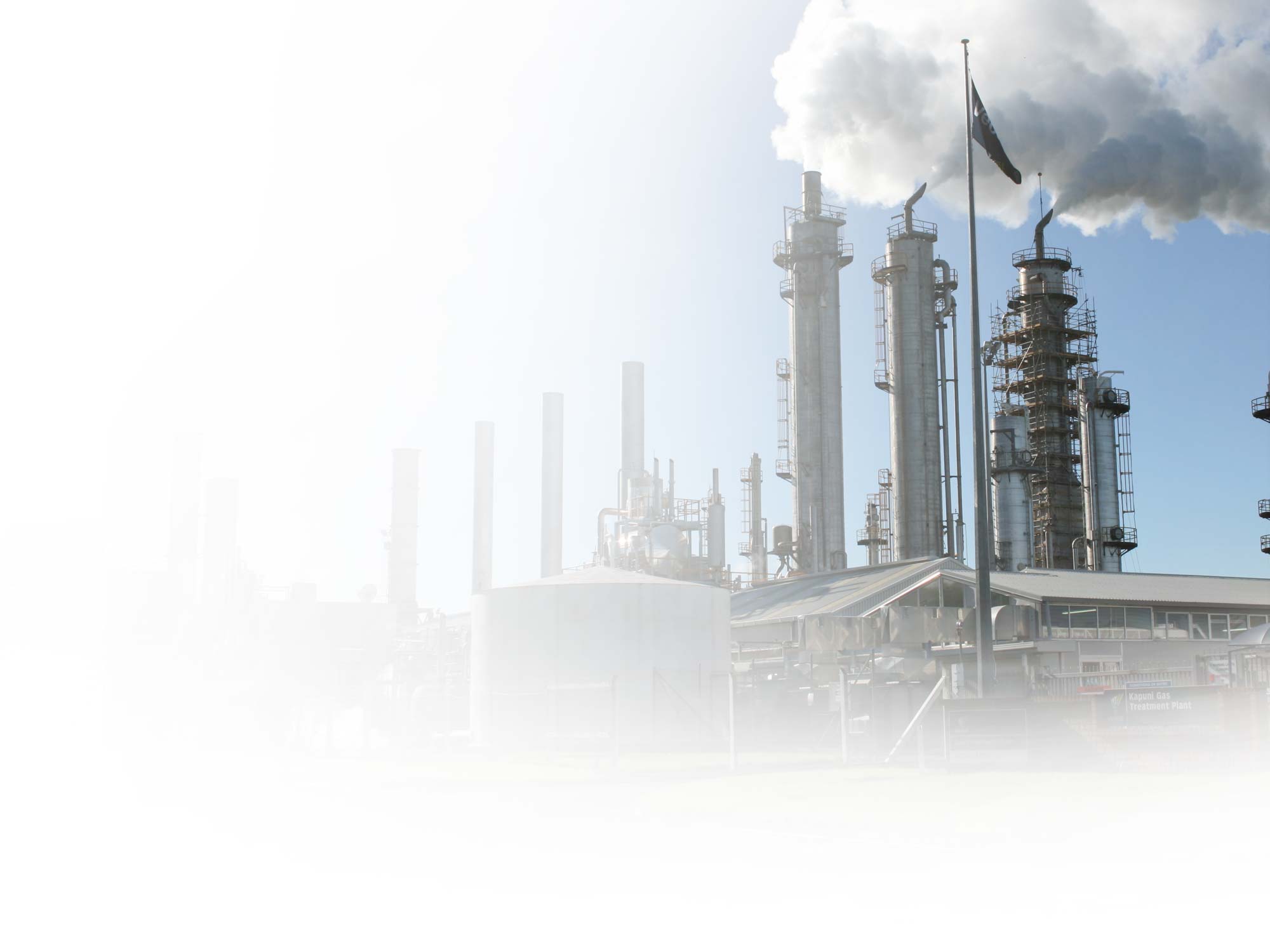
Applying Innovation Underground: Kapuni
New high-resolution seismic imaging entailing Dual-well walkaway Vertical Seismic Profiling (VSP) was utilised by the operators of the Kapuni field in Taranaki to gain a better understanding of the gas reserves of this mature field (discovered in 1959, Kapuni is New Zealand’s longest serving field).
This is the first time the cutting edge technology has been applied in New Zealand, and is only the second time it has been utilised in the world. Led by Shell’s local team, several dozen overseas experts stayed in Taranaki for several weeks.
The project enhanced both national capability by providing team members with exposure to some of the most innovative and leading-edge technology currently available in this field, and showcased New Zealand to the international experts as being a progressive and welcoming location to test innovation and where international technology providers can do business.
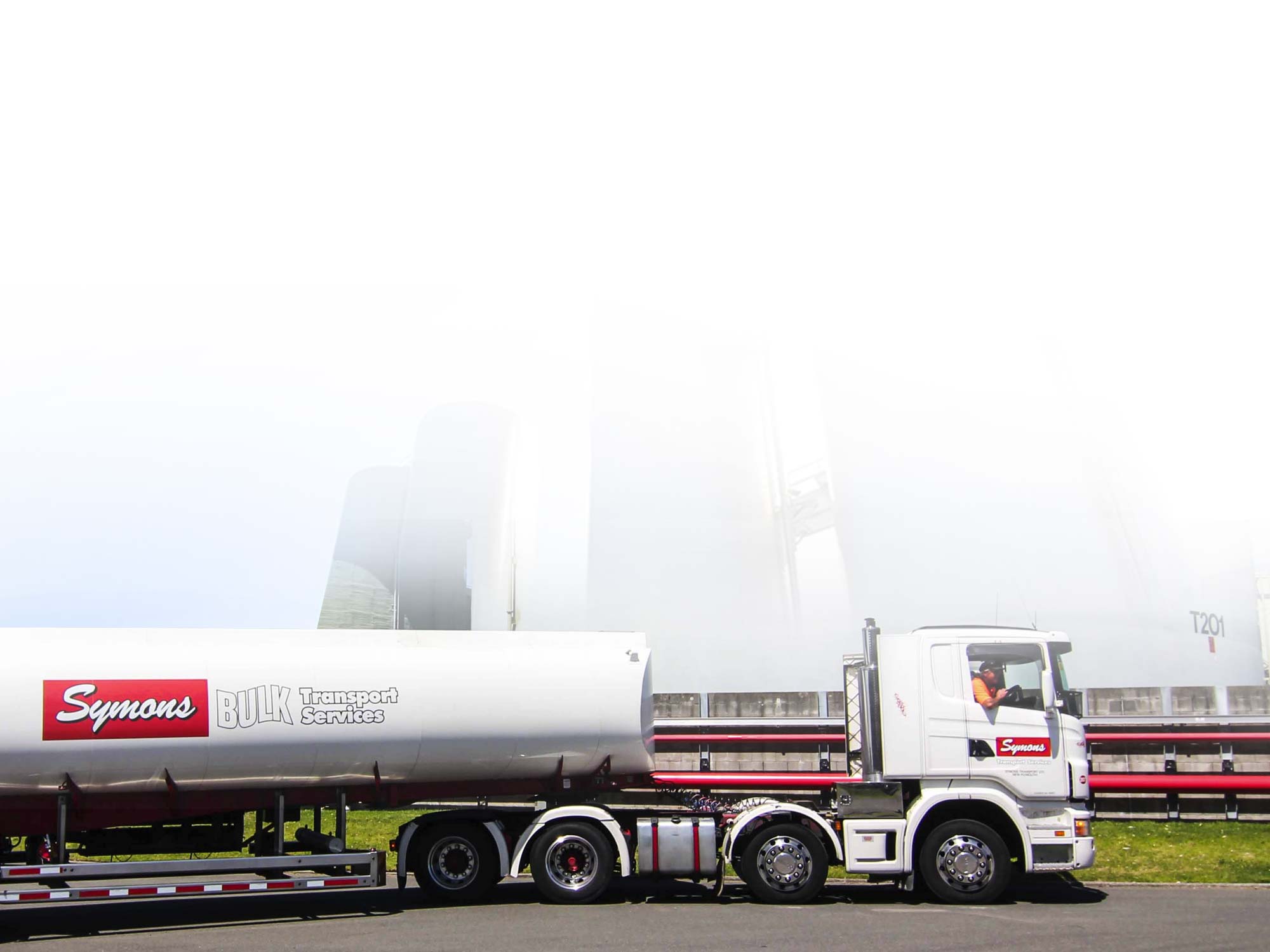
Where logistics meet innovation: Symons Transport
Symons Group is a Taranaki family business operation which began with the establishment of Symons Transport in 1984.
Since then business has grown substantially and provides extensive services to the energy sector. One of Symons Transport innovations is a new type of road tanker specifically developed to carry the Cheal crude from the production station to the tank farm, by Port Taranaki, ready for export.
Cheal oil is a typical Taranaki waxy crude that hardens to the consistency of shoe polish unless it is kept warmer than 40 degrees celsius. While TAG Oil keeps the Cheal crude hot enough in its onsite storage tanks, Symons Transport’s new “double walled” tankers significantly reduce the temperature drop off compared to previously used transportation methods, ensuring the crude remains in a more liquid state during transportation which greatly assists mobilisation and unloading of the product at its destination.


